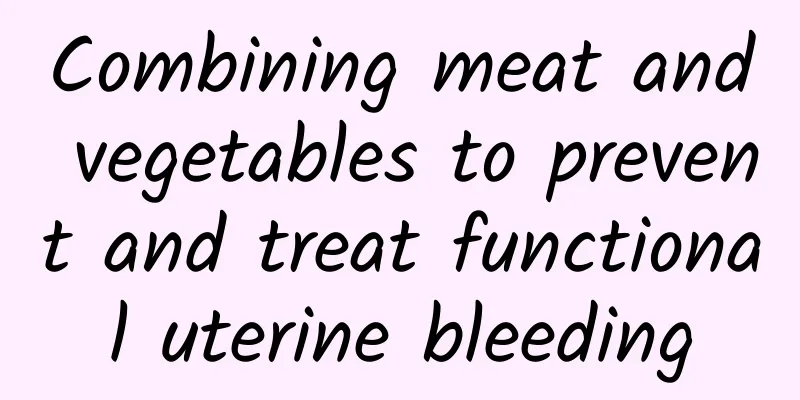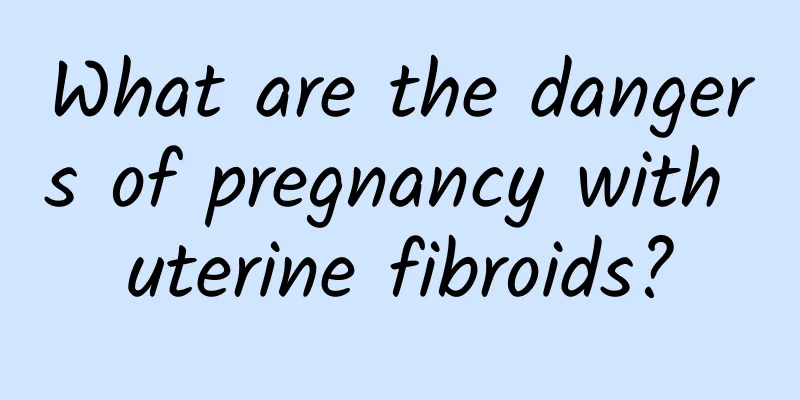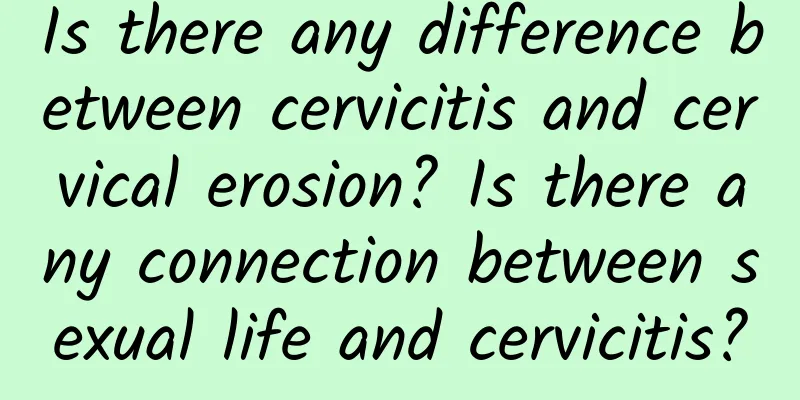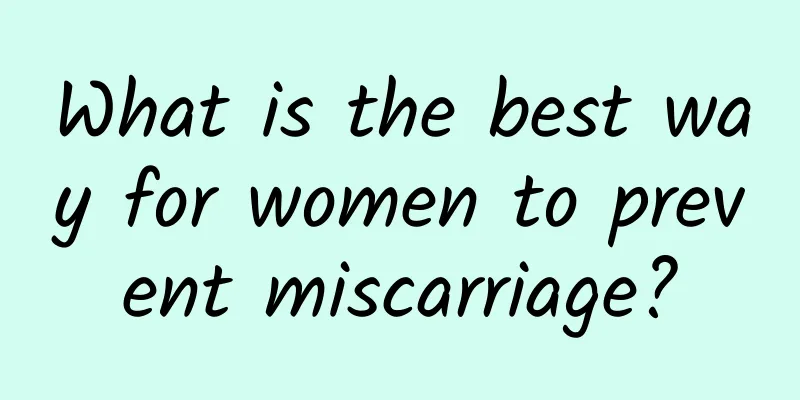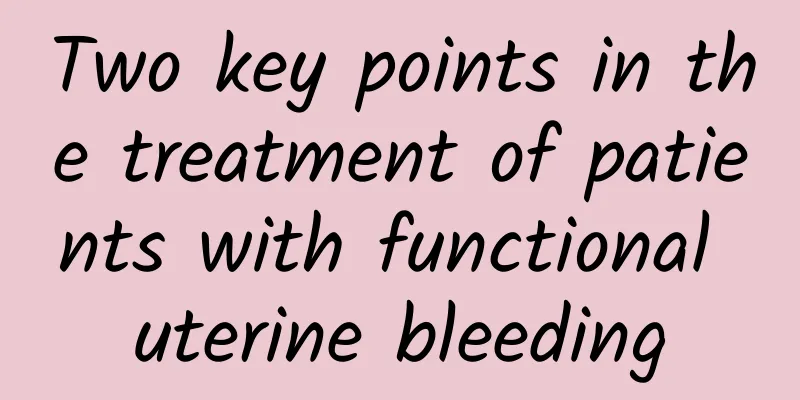Pregnancy complicated by ovarian cysts is a cause for concern

|
Jiali is 25 years old and will soon be a mother. In fact, Jiali was admitted to the hospital one week before her due date. It turned out that when she was 7 months pregnant, she was diagnosed with ovarian cysts. Because she did not have any obvious symptoms at the time, she did not take any treatment measures. So she was admitted to the obstetrics department for amenorrhea at 39 weeks and ovarian cysts. Physical examination after admission: body temperature 37.1℃, pulse 78 times/min, respiration 18 times/min, blood pressure 120/80mmHg, normal development, moderate nutrition, no anemia, regular menstruation, no history of dysmenorrhea. Obstetric situation: full-term pregnancy, uterine height 26cm, abdominal circumference 98cm, fetal position longitudinal, fetal heart rate 140 times/min, fetal head connected, cervical soft, no uterine contraction, good pelvic condition, head and pelvis symmetry, vaginal delivery can be performed. There is a fist-sized cystic mass next to the uterus in the right lower abdomen, and B-ultrasound indicates ovarian cysts. After consultation, a corresponding treatment plan was formulated, and the attending physician told her to wait for delivery at ease and not to worry too much. Surgery was arranged for her 4 days later. First, under ultrasound guidance, the cyst was punctured and fluid was extracted, and then 98% ethanol solution was injected for treatment. Half an hour after this treatment, regular uterine contractions were successfully induced. 11 hours later, the patient delivered a baby girl vaginally, weighing 3.1 kg, and both mother and baby were safe. The patient recovered well after delivery and no recurrence of ovarian cyst was observed during the 2-year follow-up. Pregnancy complicated by ovarian cysts is not uncommon in clinical practice. For patients with full-term pregnancy, small fetus and good pelvic condition, vaginal delivery can be considered. However, the presence of ovarian cysts can easily lead to obstructive dystocia. Therefore, the cyst fluid should be aspirated before delivery to eliminate obstacles. Ultrasound-guided puncture and fluid extraction and injection of sclerosing agent to treat ovarian cysts are simple to operate and have a high safety factor. Ultrasound monitoring can avoid puncturing the cyst wall or even accidentally injuring the fetus. While treating, it can induce regular uterine contractions, start labor, and finally successfully complete delivery. |
<<: Functional ovarian cysts can cause precocious puberty in children
>>: Treatment of Dysmenorrhea due to Qi Stagnation and Blood Stasis
Recommend
Is congenital absence of vagina dangerous?
I believe that everyone is not very familiar with...
Can multiple uterine fibroids lead to infertility? Can you get pregnant if you have multiple uterine fibroids?
Many female patients, especially pregnant ones, a...
Eight of the top ten causes of death are related to obesity! Together, it is easy to control your weight and lose weight
Don’t take obesity problem lightly! Eight of the ...
Does compression of chocolate cyst hurt? What are the hazards of chocolate cyst?
Although the material life has been greatly impro...
Just 15 minutes a day! 5 ways to get rid of belly fat
Is it so difficult to be thin? The biggest enemy ...
College students are a high-risk group for artificial abortion
According to a set of data recently released by t...
Will the infusion delay menstruation?
Infusions do not usually delay menstruation, but ...
What are the self-examination methods for congenital absence of vagina?
Congenital absence of vagina is very harmful to p...
Women who sit for long periods of time are more likely to develop cervicitis
Women who sit for a long time are more likely to ...
Is the cost of treating congenital absence of vagina expensive?
Is the cost of treating congenital absence of vag...
Several common methods of detecting ectopic pregnancy
According to recent medical statistics, the incid...
Symptoms of congenital absence of vagina
Most female patients with congenital absence of v...
Gene for female obesity found! Caused by gene mutation
Middle-aged women always feel that they have an e...
How long can I breastfeed after a miscarriage during lactation? Learn more about it early
After abortion during lactation, you should adjus...
How much does Bartholinitis surgery cost?
Bartholinitis is a pathological phenomenon locate...
